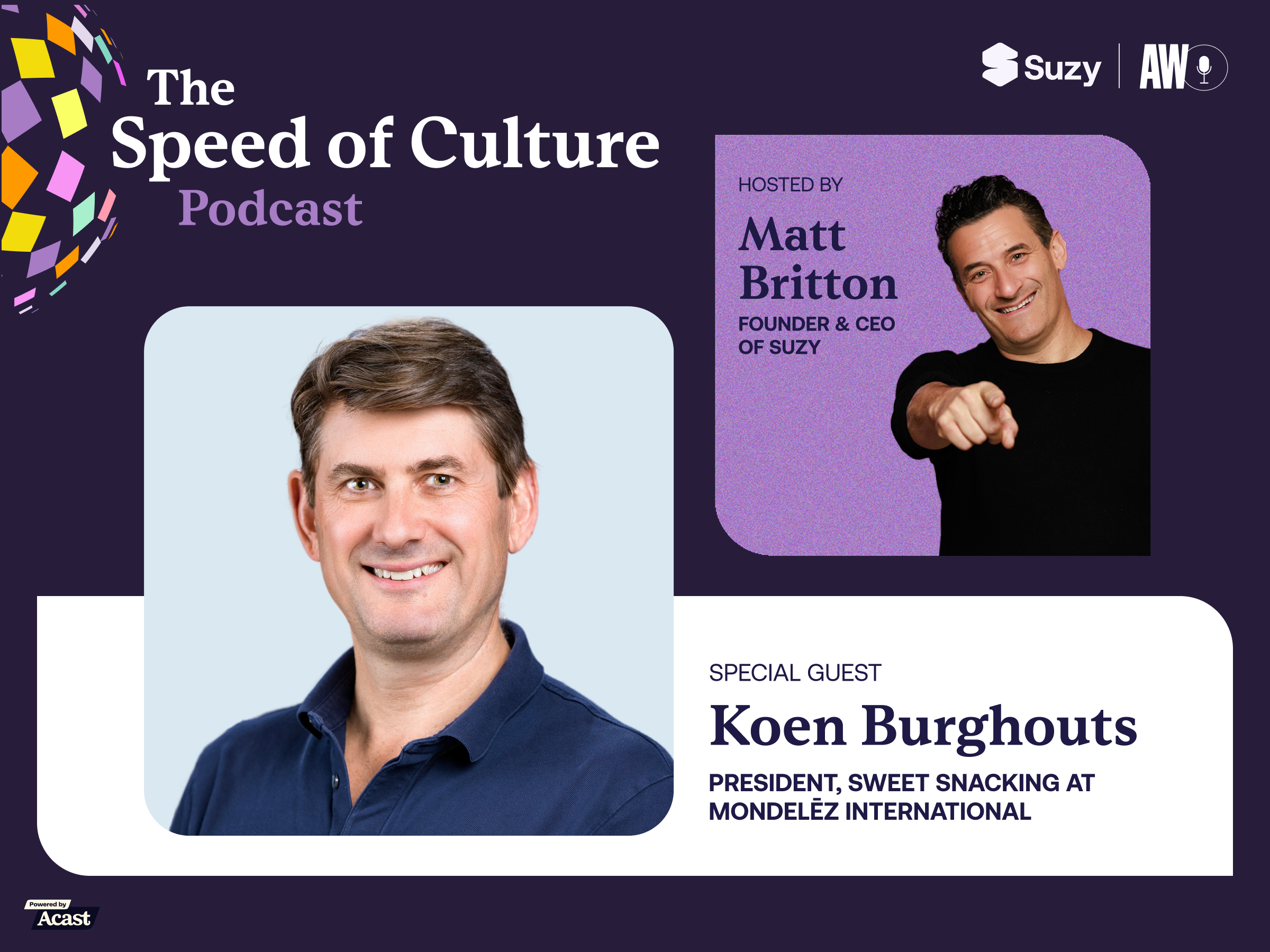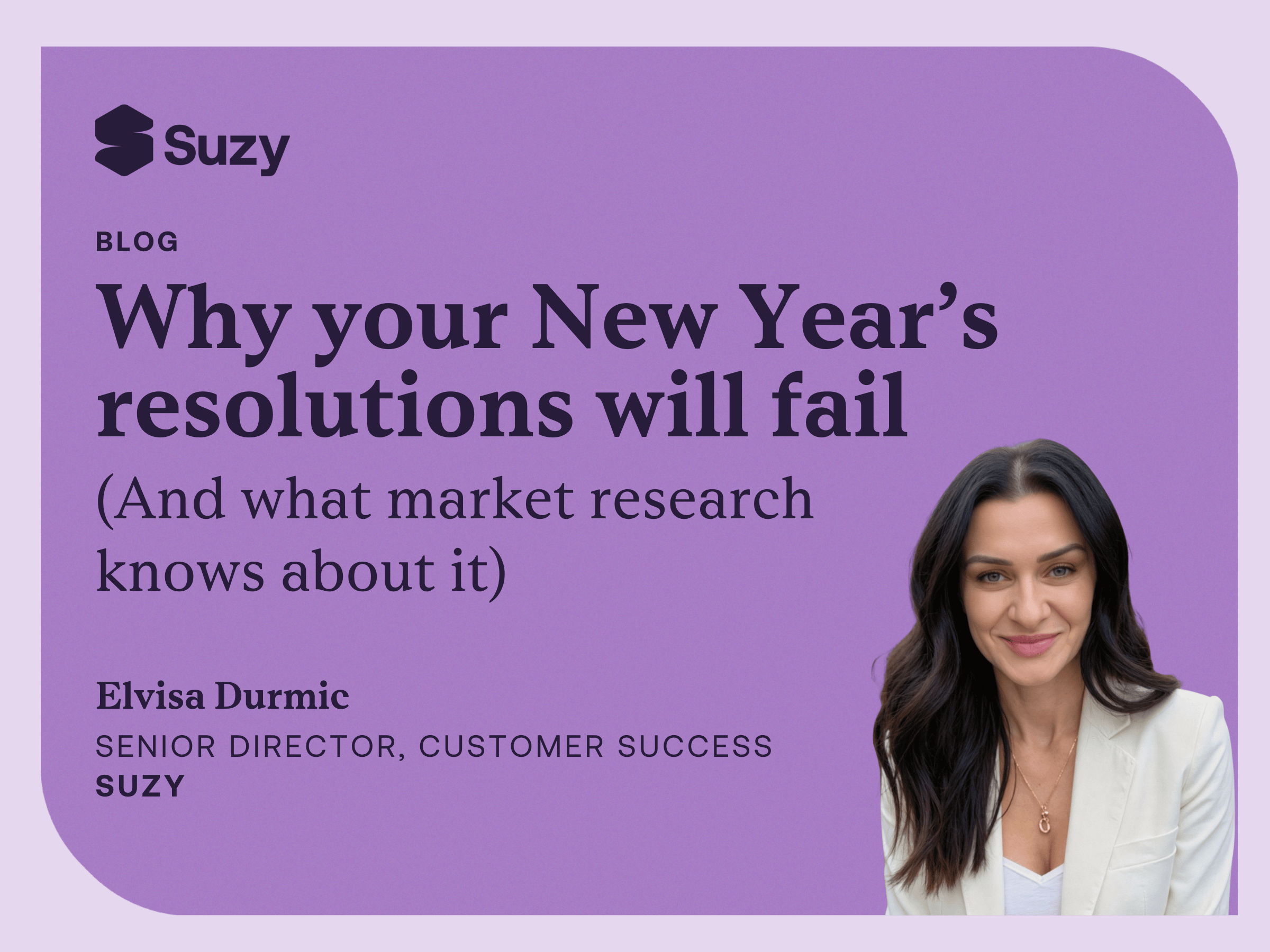Your brand is the sum of your audience’s interactions, opinions, and feelings about your business. Your branding and other critical marketing assets dictate how your business represents itself to that audience and is key to shaping customer opinion.
Rebranding is an essential strategy for upgrading and improving the way your audience thinks about you. By changing your corporate branding, you can appeal to new audiences, support new value propositions, and improve your marketing.
Of course, it doesn’t always work that way. Whether it’s the release of a new ad, tweaking your logo, or undergoing a full rebranding project, changing the way you represent your business to consumers leaves plenty of room for error. One misjudged creative or clumsy logo can irritate and confuse customers; In these scenarios, the axiom ‘any press is good press’ rarely holds true.
To avoid this, businesses must invest in concept testing. Only by putting potential new branding assets and ad concepts in front of consumers can companies gauge the potential audience reaction. Any other method of calculating a potential reaction is, at best, an informed guess or assumption.
6 Reasons Why Concept Testing is Important
Many businesses are now investing in concept testing for both rebranding and new marketing assets. Here are a few reasons why:
Reason 1: Your audience’s perception of your brand is important
One of the primary objectives of your messaging and assets is to shape the way consumers feel about your brand (and in so doing, influence their buying habits). So, wouldn’t it be useful to know how your audience would perceive a change in branding, or a new asset, before you release it?
Concept testing helps you figure out what your audience is thinking. What does the new branding say about your business? Does it increase trust in your brand or reduce it? It’s better to test on a small portion of your market than on your entire audience.
Reason 2: Eliminate poor concepts and promote good ones
You can’t (and shouldn’t) use every idea your marketing department has. Concept testing enables the people that really matter – your customers – to help you figure out which ideas are good, and which are bad. This can save money early by preventing you from investing in a design that has no traction with your market. It can also help promote good ideas that you may have otherwise dismissed.
Reason 3: Confirm (or refute) your opinions of your existing marketing
Most rebranding projects start with an assumption that the current branding is deficient in some way. Perhaps, for example, it does not speak to a particular audience that you want to target. Before you invest heavily in rebranding, use concept testing to confirm this opinion; If you’re wrong, you could save a lot of money.
Imagine launching a rebrand, only to find that you'd made a mistake and your initial assumption is wrong. Not only have you wasted time and resources on the rebranding itself, but you've also lost sales due to confusing or irritating your customers.
Reason 4: Concept testing can help you develop ideas
Effective concept testing goes beyond “I like it,” and “I don’t like it.” Detailed feedback can help you improve and shape individual elements. Employed in this way, concept testing can help take an average idea and shape it into something truly special.
Reason 5: Concept testing help you get inside your customer’s head
Effective branding should align your company with your customer and their preferences, hopes, and outlook. That’s only possible if you understand your customer. Concept testing is just one way – but an effective one – of finding out more about how your customer thinks.
Ideally, you'll be able to have a real discussion with your customer. Suzy's open-ended responses allow you to do this, which means you can really get into their head.
Reason 6: Validate Your Ideas By Testing A Small Portion Of Your Market
The only way to find out if a branding or marketing decision is right or wrong is to put it in front of your market. You can't (or shouldn't) be testing every idea in front of your entire audience. Every time you do so, you risk damaging your brand.
The right time for validating your ideas is before you implement them. By using concept testing, you allow a subset of your market to validate your ideas without risking your entire reputation on each decision.

How to Concept Test Your Branding
To test a new branding concept, you need three things:
- An audience to test your branding – The audience you use to test your branding must be representative of your intended customer base. Otherwise, the data you receive from that test will be useless. If your brand is only targeting teenagers, there’s little point testing on seniors.
- Sufficient numbers to make the test worthwhile – Not everyone thinks the same. A small test increases the chances that you’ll get a fluke result that does not represent the views of your target market. The more people you speak to, the better.
- The opportunity to engage in constructive dialogue – You need more from your audience than a ‘yes’ or ‘no.’ You must engage them in a way that enables you to ask questions, delve into their answers, and really understand what they are thinking.
Traditionally, businesses have used in-person concept testing. However, this is expensive and time-consuming, and consequently, it lends itself to smaller audiences. This increases the chances that the test will not represent your audience.
Instead, businesses are now looking for a quicker, faster solution.
Enter Suzy, the real-time consumer intelligence platform that connects businesses directly to their target audience.
How Suzy Can Supercharge Your Branding
Suzy enables businesses to get near-instantaneous feedback on creative assets, rebranding projects, and more, straight from their target market.
Businesses that use Suzy can:
- Use granular targeting to put their assets in front of their target audience – and no-one else.
- Get opinions from hundreds or even thousands of real consumers, far more than could be achieved with in-person testing.
- Reconnect with responders to find out more about their opinions. This enables businesses to understand their market better and develop ideas faster.
.webp)
.avif)






